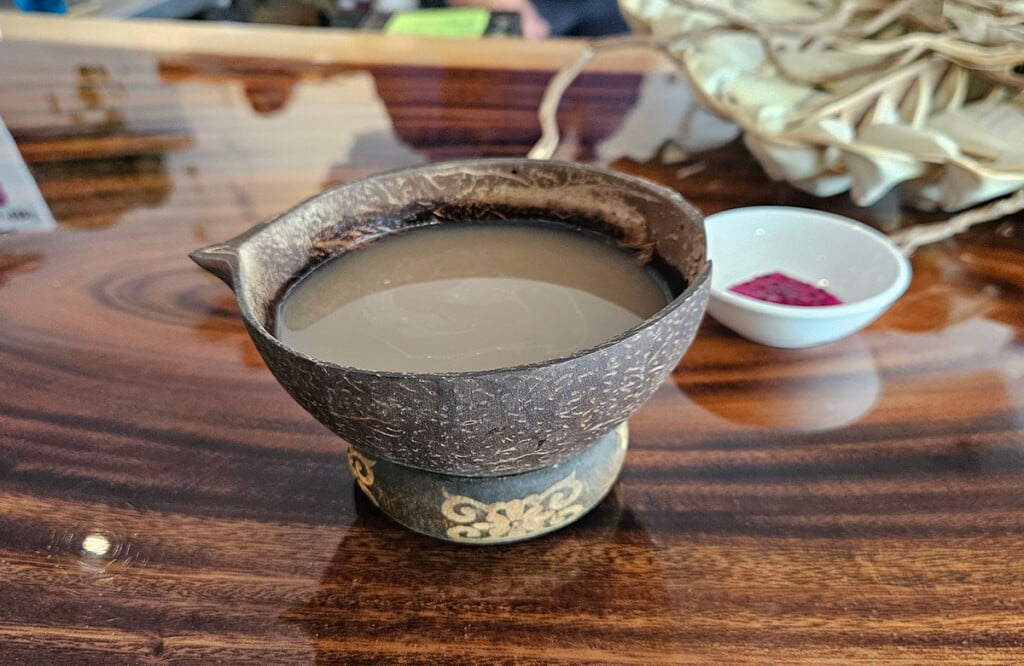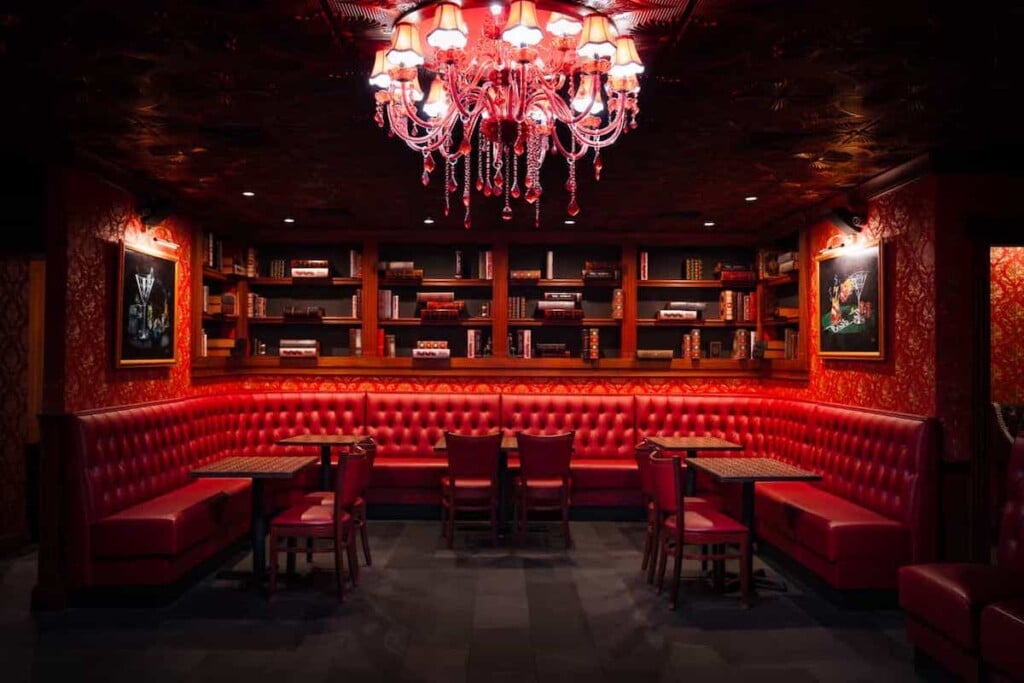With
real estate booming, Mauians have seen some of their most treasured places threatened
by sale and development. Soaring prices have made it harder than ever for County
government to afford to buy land. That’s why a low-profile charter amendment passed
by Valley Isle voters in 2002 is coming in handy.The new law with the
long name-the Maui County Open Space, Natural Resource, Cultural Resource and
Scenic View Preservation Fund-dedicates 1 percent of County property-tax revenue
to buying important pieces of land for the public. Already the money has
helped buy two historic properties long beloved by Maui residents. By creating
the fund, Maui voters led the state and joined a national trend, says Josh Stanbro,
of the nonprofit Trust for Public Land. Communities across the country are realizing
the importance of establishing special funds for preservation, including Kaua’i
County, which has dedicated one-half of 1 percent of property-tax collections
to an open-space fund.  | Illustration:
Edel Rodriguez |
“Having money set aside helps
communities compete for larger federal grants that usually require matching local
funds,” he adds. “We’re excited that Maui is taking the lead.” Last year,
the County released $811,000 from the open-space account and appropriated an additional
$1 million for the purchase of 277 acres in central Maui. The property,
known as the Old Waihe’e Dairy, is a jewel that’s home to endangered Hawaiian
plants and animals, according to Dale Bonar, executive director of the Maui Coastal
Land Trust, which bought the land for $4.8 million using the County grants, federal
funds and a private fund-raising campaign. The Waihe’e Dairy also features
wetlands, 1.5 miles of pristine coastline, ancient archaeological sites and the
last of a sand-dune ecosystem that once sprawled across central Maui. Minutes
from downtown Wailuku, the site is close to school groups and cultural organizations,
a convenient retreat from busy modern life. “When you walk down in the middle
of it, all you hear is the ocean, the wind and the birds … and this is four miles
from the County building,” he says. Another County open-space grant was
used this year by the Trust for Public Land to buy 70 acres at Mü’olea Point in
Häna. Frequented by monk seals and home to rare native stream fish and prawns,
Mü’olea has an ancient heiau, village and coconut plantation, and was used as
a summer home by King David Kaläkaua. It’s also a gathering place for Häna
families, who use it for fishing, camping and cultural activities. “I think
the most important thing about the land is it’s a place where people pass on traditions,”
Stanbro says. The nonprofit used the County grant to leverage $2 million
in federal funds and $700,000 from other sources for the purchase, and the agency
is currently raising another $300,000 to maintain the property, which will be
turned over to the County for preservation. Both Mü’olea and the Waihe’e
Dairy were at imminent risk of being developed or sold to private landowners,
so the deals to buy them came just in time-all thanks to the County’s 2-year-old
fund. “I think it’s working great,” Bonar says. | 








